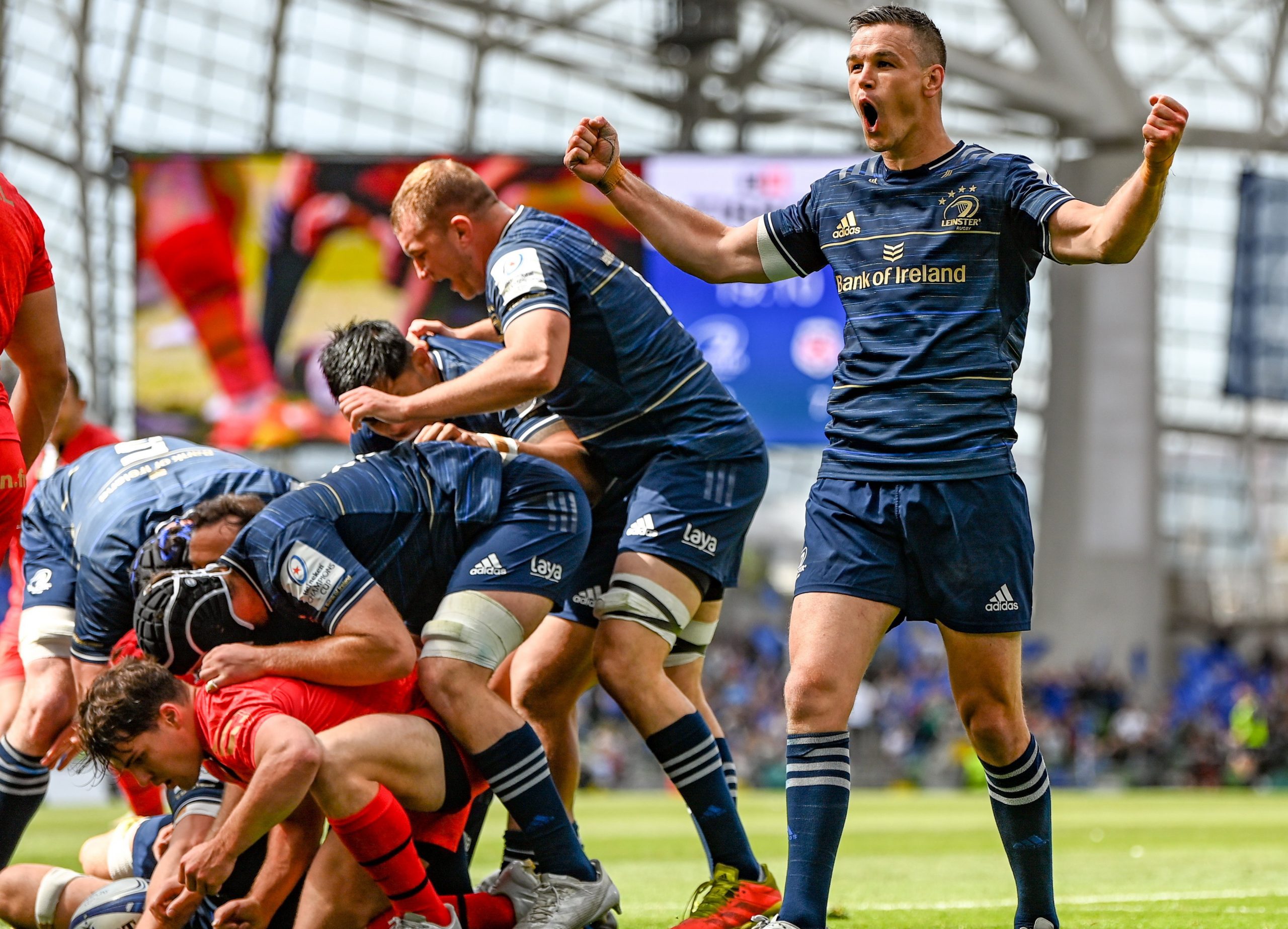It was an evening meeting in autumn 2006. Platinum One, the sports agency, was in its pomp. We had a strong player portfolio, we had just completed a long-term contract as advisers to that September’s Ryder Cup. We had also done the original Dublin Arnotts deal in Gaelic games and advised Bank of Ireland in its negotiations with the GAA to become the first sponsor of the All Ireland Football Championships. With the exception of that bastion of professionalism, the FAI, the brand had ‘currency’, so offering to advise sports organisations on commercial issues was generally welcomed. The office for…
Cancel at any time. Are you already a member? Log in here.
Want to read the full story?
Unlock this article – and everything else on The Currency – with an annual membership and receive a free Samsonite Upscape suitcase, retailing at €235, delivered to your door.

